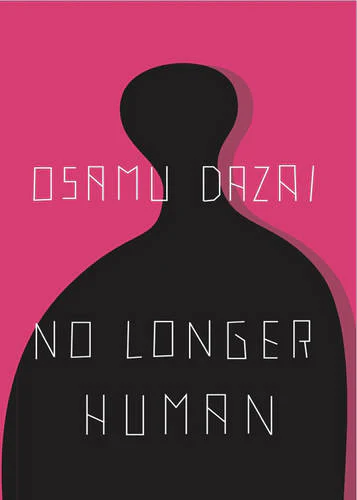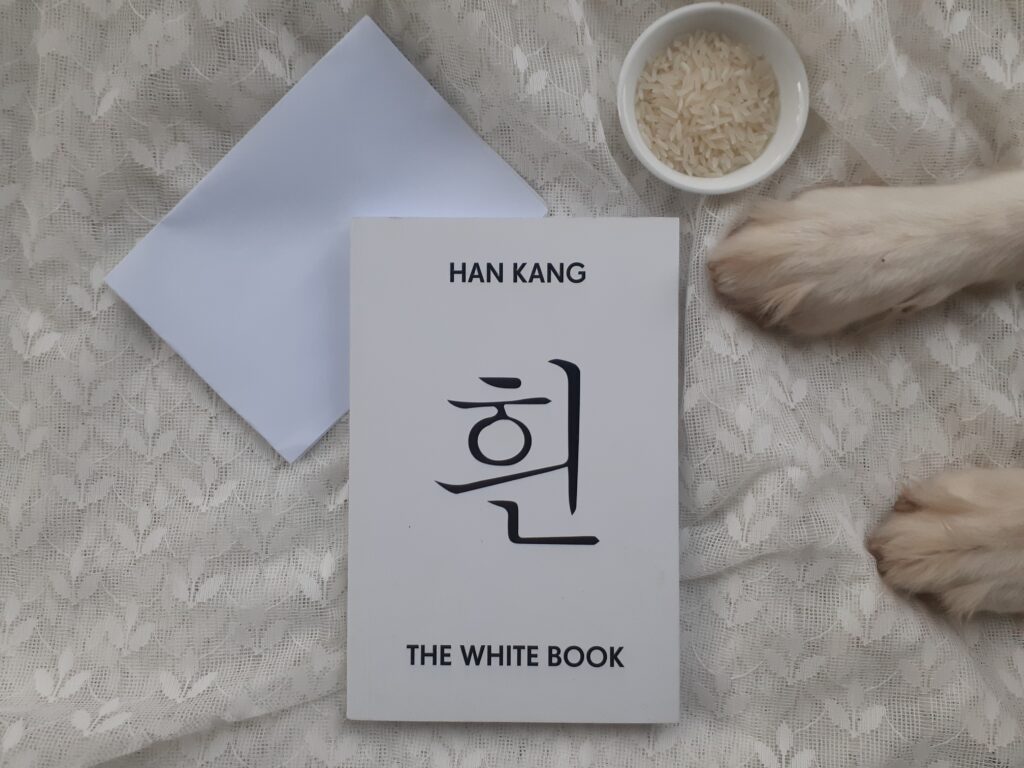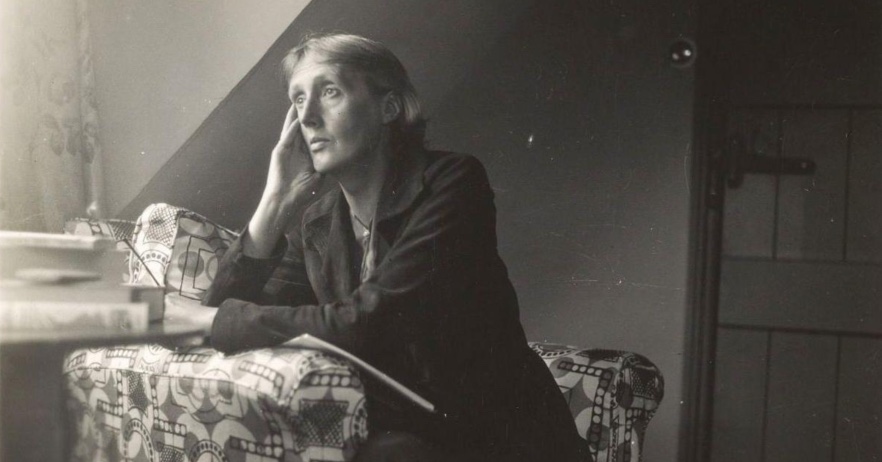'Rebecca' and 'Beloved': Memory and Societal Constraints
by
Alison Chiu

Memory, often fluid and elusive, is a cornerstone of identity and understanding. In ‘Rebecca’ by Daphne du Maurier and ‘Beloved’ by Toni Morrison, the role of memory is exploited to evoke reflections on the past and its interplay with the present, underpinning the narratives with a ghostly resonance that transcends time. The thematic preoccupation with memory serves as a bridge connecting the protagonists’ struggles within their culturally specific contexts, the former battling with gendered expectations in a Victorian society, the latter wrestling with the horrors of racial suppression. Whilst both novels utilise memory as a conduit for exploring oppressive structures, the manifestation and influence of this shared theme differ significantly, providing a nuanced examination of the interplay between personal memory and societal constraints.
Building on this shared thematic exploration, both ‘Rebecca’ and ‘Beloved’ interweave memories throughout their respective narratives, casting a profound effect on their protagonists and thereby deepening our understanding of their current predicaments. In ‘Rebecca’, Daphne du Maurier’s unnamed narrator, the second Mrs. de Winter, is ceaselessly haunted by the eponymous character’s memory. As she meanders through the opulent corridors of Manderley, she is dwarfed by the shadow of her predecessor. The mansion itself, particularly Rebecca’s untouched room, stands as a poignant testament to her lingering influence, a space preserved in time where the second Mrs. de Winter confronts the palpable essence of her predecessor. “I could fight the living but I could not fight the dead,” she muses, highlighting the omnipresence of Rebecca’s memory, an ever-looming force from which she can neither run nor hide. Similarly, Toni Morrison’s ‘Beloved’ thrusts Sethe into a relentless battle with her traumatic past on the “Sweet Home” plantation. Memories are not mere spectres here; they physically manifest, dictating her relationships and choices. Morrison writes “Freeing yourself was one thing, claiming ownership of that freed self was another”, drawing attention to Sethe’s incessant struggle to reconcile her haunting past with her emancipated present. The parallels are unmistakable: both novels depict female protagonists striving to navigate their present while tethered to overpowering memories. Yet, the nature of their battles diverges. While the second Mrs. de Winter’s ordeal stems from societal comparisons and the looming spectre of her husband’s former wife, Sethe’s torment is birthed from a brutal history of racial subjugation. The exploration of memory, thus, serves dual purposes, emphasizing both the personal struggles of the characters and the broader cultural contexts that frame them.
Drawing from the inherent struggles of the protagonists in grappling with memory, both novels delve deeper into the psychological impact of recollections, illuminating the thin line that exists between commemoration and a descent into madness. In ‘Rebecca’, the second Mrs. de Winter’s growing anxiety is underscored by the relentless whisperings of the Manderley staff and their reminiscences of the perfect Rebecca. Her sense of inferiority is heightened with lines like, “You will think me a romantic fool, but whenever I looked up, I expected it to be Rebecca,” emphasising the omnipresence of the late Mrs. de Winter in her mind. She finds herself trapped in a comparison game that she did not choose to play, a game that threatens to consume her sanity. On the other hand, in ‘Beloved’, the haunting is literalized, with the ghostly apparition of Sethe’s dead daughter symbolising the traumatic memory of her past. This spectral presence serves as both a commemoration of a life lost and a mourning for the many lives disrupted by the horrors of slavery. The depth of Sethe’s guilt is conveyed when she says, “Beloved, she my daughter. She mine,” capturing her unwavering bond and anguish over her decisions. Sethe’s deteriorating mental state, combined with her overwhelming guilt and grief, vividly portrays the fine line between mourning and insanity. “Anything dead coming back to life hurts,” remarks Paul D, pointing to the pain and psychosis stemming from confronting painful memories. Although both narratives resonate with haunting memories, the treatment is distinct. Where du Maurier uses subtle societal cues and whispered comparisons to create an environment of pressure for the protagonist, Morrison delves into visceral psychological trauma, the product of societal brutality. Through this lens, both authors poignantly showcase how memories, when obsessively revisited, can push one to the brink of insanity, reflecting the profound impact of past traumas on the present psyche.
Memory’s multifaceted nature also offers the possibility of redemption and empowerment. In both ‘Rebecca’ and ‘Beloved’, while memories serve as chains of the past, they also become tools for reclaiming one’s identity and autonomy. In “Rebecca”, the second Mrs. de Winter is initially overshadowed by the overpowering memories of her predecessor. However, as the truth about Rebecca’s character and her demise unravels, it provides her the courage to step out of the haunting shadow and assert herself. This metamorphosis is encapsulated in her introspective realisation: “I am Mrs. de Winter now.” Her journey from a timid newcomer to a more assertive figure reflects her evolving relationship with the past. Conversely, in ‘Beloved’, memory, though painful, offers Sethe a path to redemption. Sethe’s reconciliation with her past starts with Beloved’s physical presence, an embodiment of her guilt and trauma. As she interacts with this living memory, she confronts and unpacks her history. Morrison articulates this when Sethe mentions, “Your love is too thick,” highlighting the overwhelming burden of her maternal love, which drove her to the extreme act of trying to save her children from a life of servitude. Through remembering and vocalizing her pain, Sethe seeks healing, using memory as a transformative tool to reclaim her narrative from a history that sought to erase it. In both novels, memories are not static; they evolve, offering characters a chance for reflection, understanding, and growth. Where du Maurier showcases memory’s role in self-discovery and empowerment amid societal pressures, Morrison presents it as a conduit for redemption from historical atrocities. This complex interplay underscores the profound potential of memory to both ensnare and liberate, depending on one’s approach to it.
Both ‘Rebecca’ and ‘Beloved’ intricately weave memory into their narratives, highlighting its multifaceted role: as a lens to decipher the present, a haunting force driving towards insanity, and a path leading to redemption. The protagonists, though tethered to different cultural backdrops, universally depict the human struggle of navigating past traumas. Their stories transcend individual experiences, suggesting that personal memories intersect with broader societal narratives, crafting shared histories. This “shared memory” speaks to the interconnectedness of our experiences, reinforcing that while memories are personal, they resonate within a collective consciousness. Thus, memory isn’t just a personal voyage but a communal tapestry, urging a collective understanding of past legacies.












